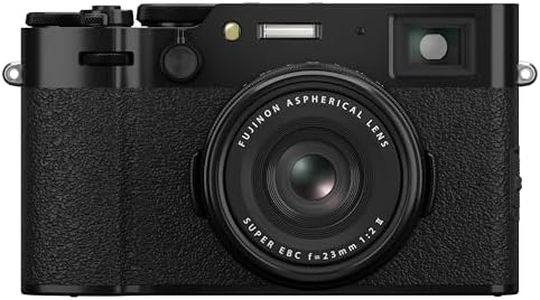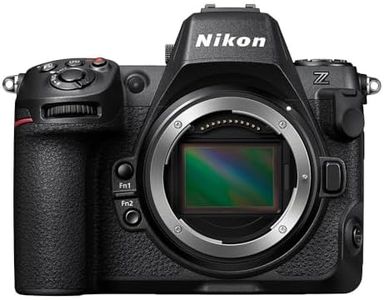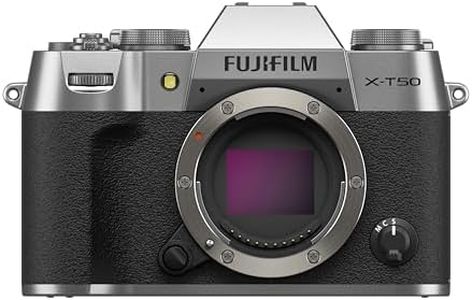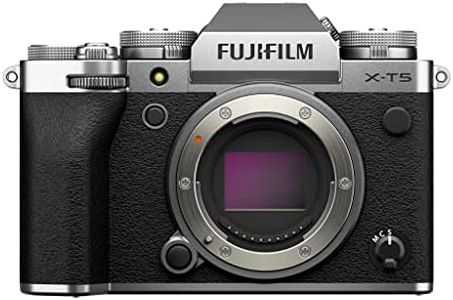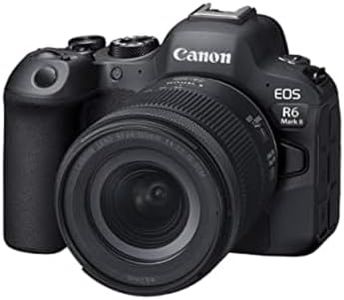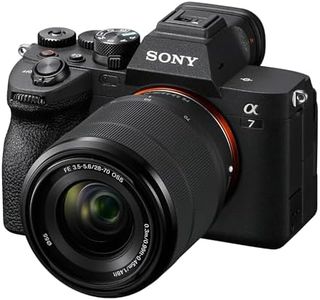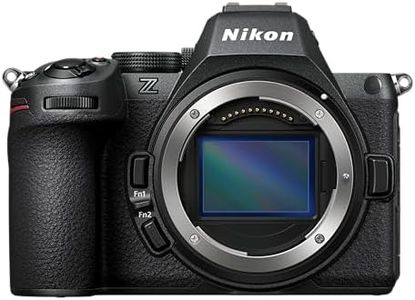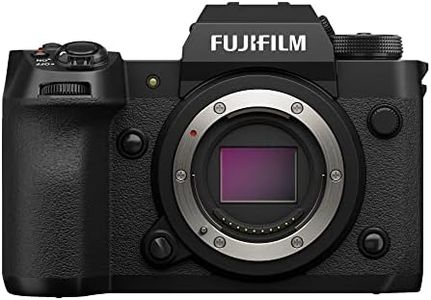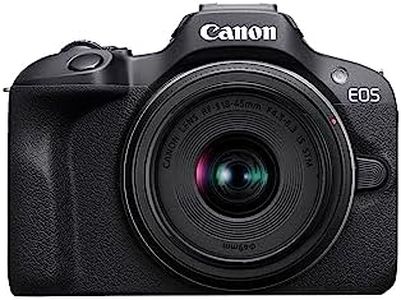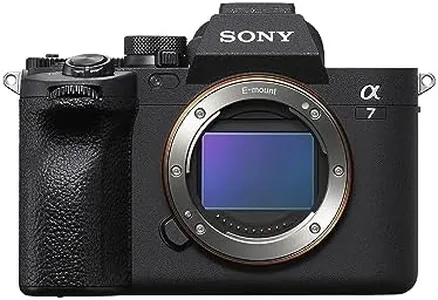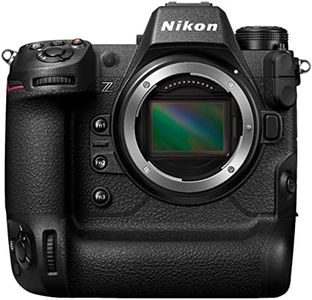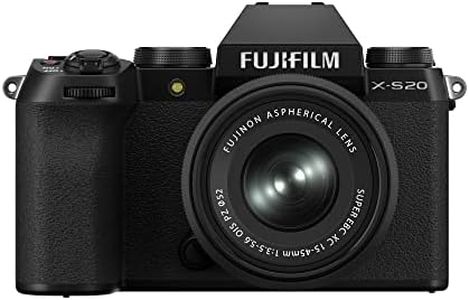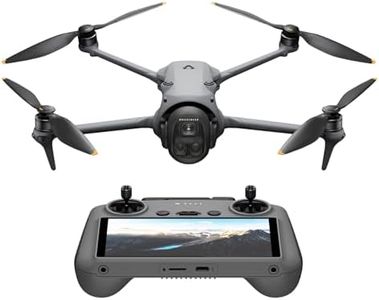We Use CookiesWe use cookies to enhance the security, performance,
functionality and for analytical and promotional activities. By continuing to browse this site you
are agreeing to our privacy policy
10 Best Professional Cameras
From leading brands and best sellers available on the web.Buying Guide for the Best Professional Cameras
Selecting a professional camera is an exciting journey because it can greatly affect your photography or videography results. To find the right camera for your needs, you should understand which technical aspects matter most, think about how and where you’ll use the camera, and consider your experience level. Rather than simply chasing the highest numbers or most features, reflect on the type of work you do, like portraits, sports, wildlife, or studio work, as this will guide you towards features tailored to your style. Balancing portability, image quality, performance, and system flexibility will help you make a more confident choice.Sensor SizeThe sensor is the part of the camera that captures light and turns it into an image. The size of the sensor plays a big role in image quality, especially in terms of detail and performance in low light. Full-frame sensors are large and generally offer the best quality, excellent background blur, and great performance when lighting isn’t ideal. APS-C and Micro Four Thirds sensors are smaller and make cameras lighter and more affordable, yet they can still deliver good results. If you’re shooting in studios, landscapes, or need maximum detail, a bigger sensor will serve you well. For travel, street photography, or when you need something more compact, a smaller sensor might fit better.
Resolution (Megapixels)Resolution is measured in megapixels and tells you how much detail the sensor can capture. High megapixels are important if you need to make very large prints or crop your photos significantly, such as in landscape or commercial photography. However, more megapixels mean bigger file sizes and may not always improve quality, especially if you mostly share images online or don’t print them large. If you want flexibility in cropping or have commercial needs, go high, but for everyday professional work, mid-range resolutions may be more practical and efficient.
Autofocus SystemThe autofocus system determines how quickly and accurately the camera finds and locks onto your subject. This is crucial for photographing moving subjects, like in sports or wildlife photography. Cameras with more focus points and advanced tracking modes handle challenging situations much better. For fast action, look for a sophisticated autofocus system. However, if most of your work is with static or slow-moving subjects, a basic or simpler system could be perfectly fine.
Continuous Shooting Speed (FPS)Continuous shooting speed is the number of photos the camera can take per second (frames per second, or FPS) when you hold down the shutter. Higher FPS is valuable for sports, wildlife, or any setting where split-second moments matter. For action-packed scenes, a high shooting speed lets you capture the perfect moment. But if you’re in studio or landscape photography where timing isn’t as critical, a moderate shooting speed should suffice.
Video CapabilitiesProfessional cameras today often offer powerful video features, measured by resolution (like 4K or 8K), frame rates, and extra video-friendly functions such as mic inputs or stabilization. If video is a big part of your work, higher video resolutions and features like slow-motion, clean HDMI output, or log profiles will matter. If you rarely shoot video, the basics may be all you need, so you can focus more on still image performance.
Build Quality and Weather SealingBuild quality refers to how durable and robust the camera is and whether it can withstand tough environments. Professional cameras often feature solid metal bodies and protection against dust and moisture (weather sealing). If you plan to use your camera outdoors in challenging weather or while traveling, look for strong build and sealing. In a studio or controlled environment, these may be less important.
Ergonomics and ControlsErgonomics is about how comfortable and intuitive the camera feels in your hands and whether the buttons and dials are easy to use. A camera that fits well helps you shoot efficiently and minimizes mistakes. If you have large hands or shoot for long periods, a bigger grip and customizable buttons can reduce fatigue and speed up workflow. Test the feel if possible, and prioritize those aspects if you do long or demanding shoots.
Lens System and CompatibilityA camera is only as versatile as the lenses available for it. The lens system determines what types of photography you can explore and how you can expand in the future. Make sure the camera supports a wide variety of lenses – both for your current needs (such as portrait, wide angle, or telephoto) and any future growth in your photography. Consider also the availability of accessories like flashes or adapters if you need them.
